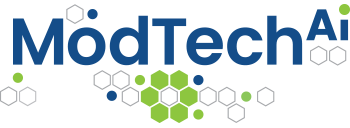Large language models (LLMs) are trained on a lot of random information. This makes them great at generating general content. However, very specific information in LLMs may be out-of-date or not exist at all.
Retrieval-augmented generation (RAG) fills in this gap. Instead of trying to piece together a response based on all the information the LLM was trained with, the LLM can now “ask” a specific dataset that knows the up-to-date and topical information.
A WildcatGPT AI agent, or “brain” is such a dataset. You feed it all the specific information you are interested in. The LLM can then find the information in the RAG data, and return meaningful answers from it. The responses will be as up-to-date as the data you have fed the brain, and it can provide the sources, in order to support the validity of the responses.

